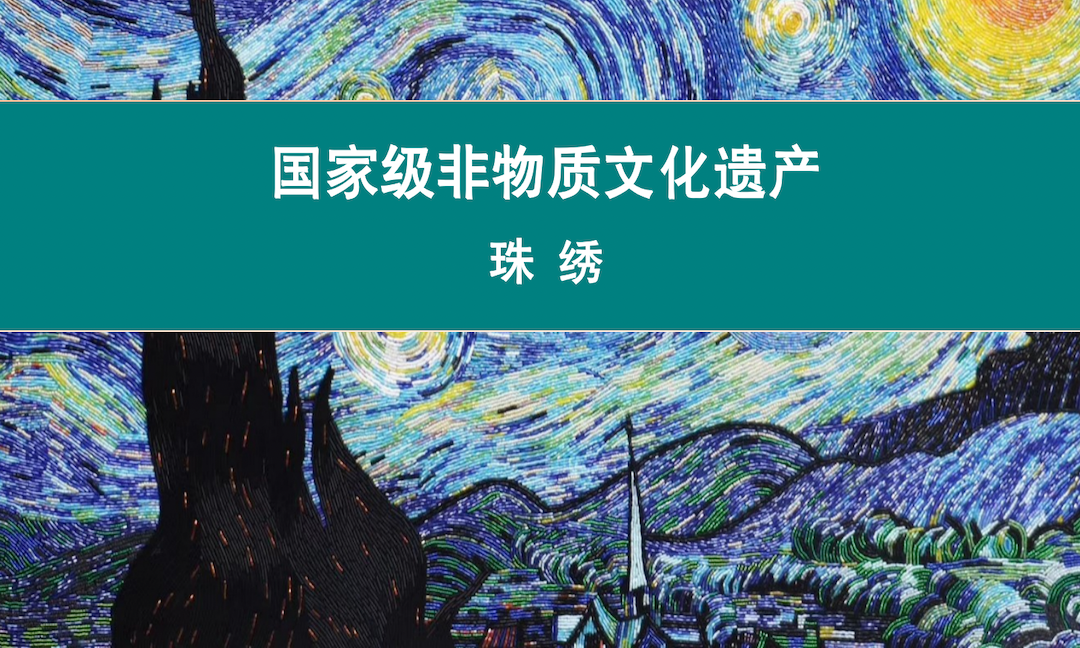
National Intangible Cultural Heritage — Bead Embroidery Xiamen bead embroidery is a decorative handicraft with a unique artistic style. Bead embroidery originated in the Tang Dynasty and reached its peak during the Ming and Qing dynasties. After the liberation of China, the craftsmanship gradually faded into obscurity. Xiamen bead embroidery is renowned for its novelty, magnificence, and dazzling appearance, and it has a history of more than a hundred years. There are over a hundred varieties, such as bead-embroidered slippers, bead-embroidered wall hangings, and bead-embroidered bags. These products all use shiny and colorful glass beads and electro-optical films, and traditional craftsmanship techniques such as convex embroidery, flat embroidery, string embroidery, grain embroidery, random stitch embroidery, vertical stitch embroidery, and overlapping piece embroidery are employed to create bas-relief patterns. The patterns of full-bead embroidery are meticulously structured, so dense that a needle can hardly be inserted; the patterns of half-bead embroidery are elegant, beautiful, fresh, and pleasing to the eye. Historical Origin Bead embroidery originated in the Tang Dynasty and reached its heyday during the Ming and Qing dynasties. After the liberation of China, the craftsmanship gradually became lost. Its design is exquisite, with a strong contrast of colors. Professional embroiderers sew together beads of various colors by hand, giving it a unique decorative technique and artistic style. It is resplendent with jewels, sparkling and magnificent, novel and unique, and the colors are bright. When refracted by light, it has a relief effect. It is an ideal high-end and fashionable gift and indoor decoration for modern life. Bead embroidery uses colored glass beads and electro-optical pieces as raw materials. By applying a variety of stitching methods and techniques, the products are made to be resplendent with pearl luster and rich in colors. Bead embroidery is divided into two types: half-bead embroidery and full-bead embroidery. The history of Xiamen bead embroidery craftsmanship is nearly a hundred years old. As early as the early 1920s, some overseas Chinese brought back some embroidered slippers adorned with glass beads from abroad. The folk shoemaking artisans in Xiamen loved these slippers at first sight and were inspired by them. They managed to bring back some glass beads from Japan and Southeast Asia and began to try embroidering various flower and bird patterns on the shoe uppers. Thus, Xiamen bead-embroidered slippers began to become popular. Characteristics Xiamen bead embroidery is a decorative handicraft with a unique artistic style. Bead embroidery originated in the Tang Dynasty and reached its peak during the Ming and Qing dynasties. After the liberation of China, the craftsmanship gradually faded into obscurity. Xiamen bead embroidery is renowned for its novelty, magnificence, and dazzling appearance, and it has a history of more than a hundred years. There are over a hundred varieties, such as bead-embroidered slippers, bead-embroidered wall hangings, and bead-embroidered bags. These products all use shiny and colorful glass beads and electro-optical films, and traditional craftsmanship techniques such as convex embroidery, flat embroidery, string embroidery, grain embroidery, random stitch embroidery, vertical stitch embroidery, and overlapping piece embroidery are employed to create bas-relief patterns. The patterns of full-bead embroidery are meticulously structured, so dense that a needle can hardly be inserted; the patterns of half-bead embroidery are elegant, beautiful, fresh, and pleasing to the eye. Production Method The bead embroidery craftsmanship is to make, on a special grid cloth, according to the abstract patterns or geometric patterns independently designed by Huazhiyuan, products by the pure manual refinement of professional embroiderers using beads of various colors. The artistic characteristics of bead embroidery are its resplendence with jewels, sparkling and magnificent appearance, bright and harmonious colors, and a relief effect when refracted by light. It is an ideal high-end and fashionable gift and indoor decoration for modern life.
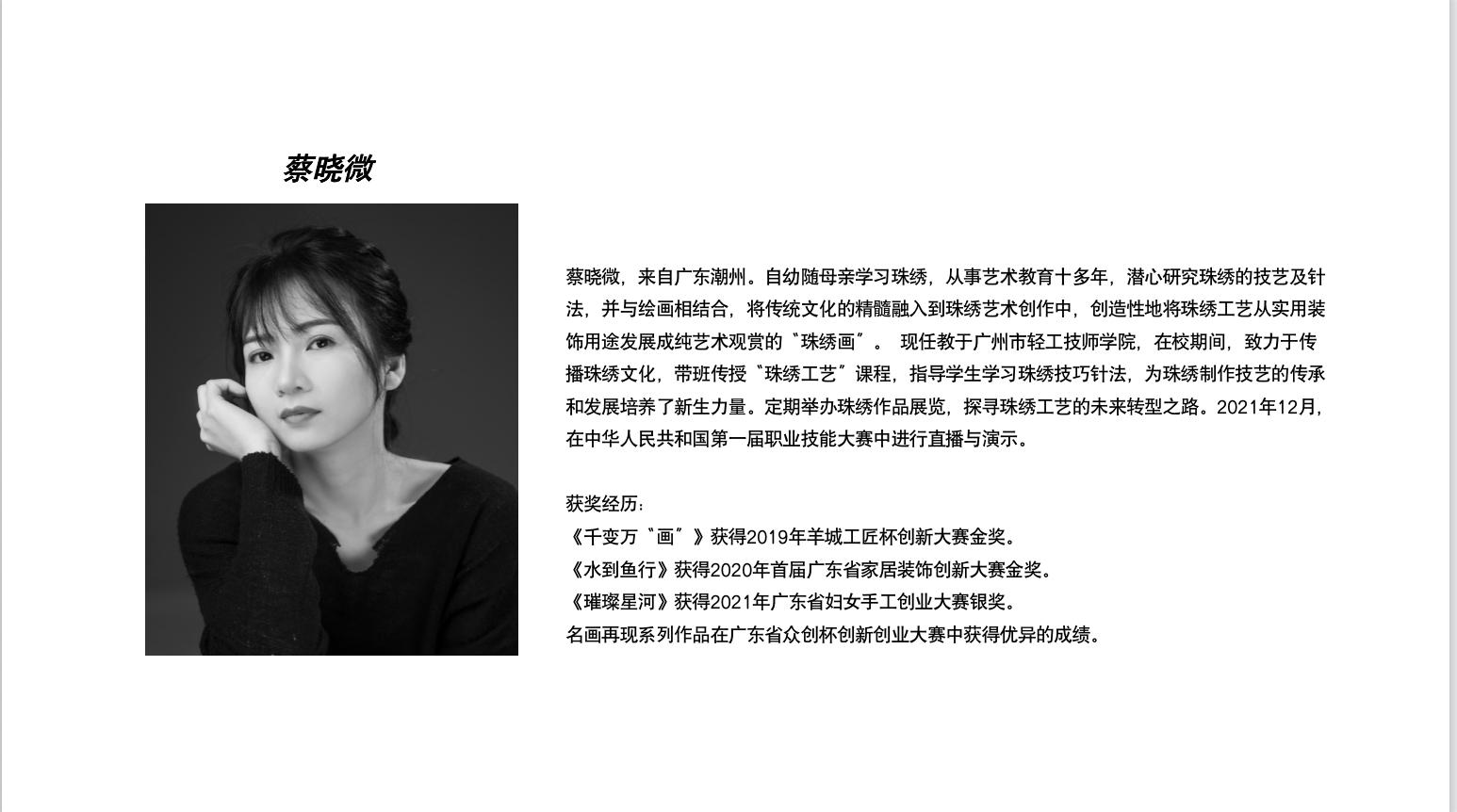
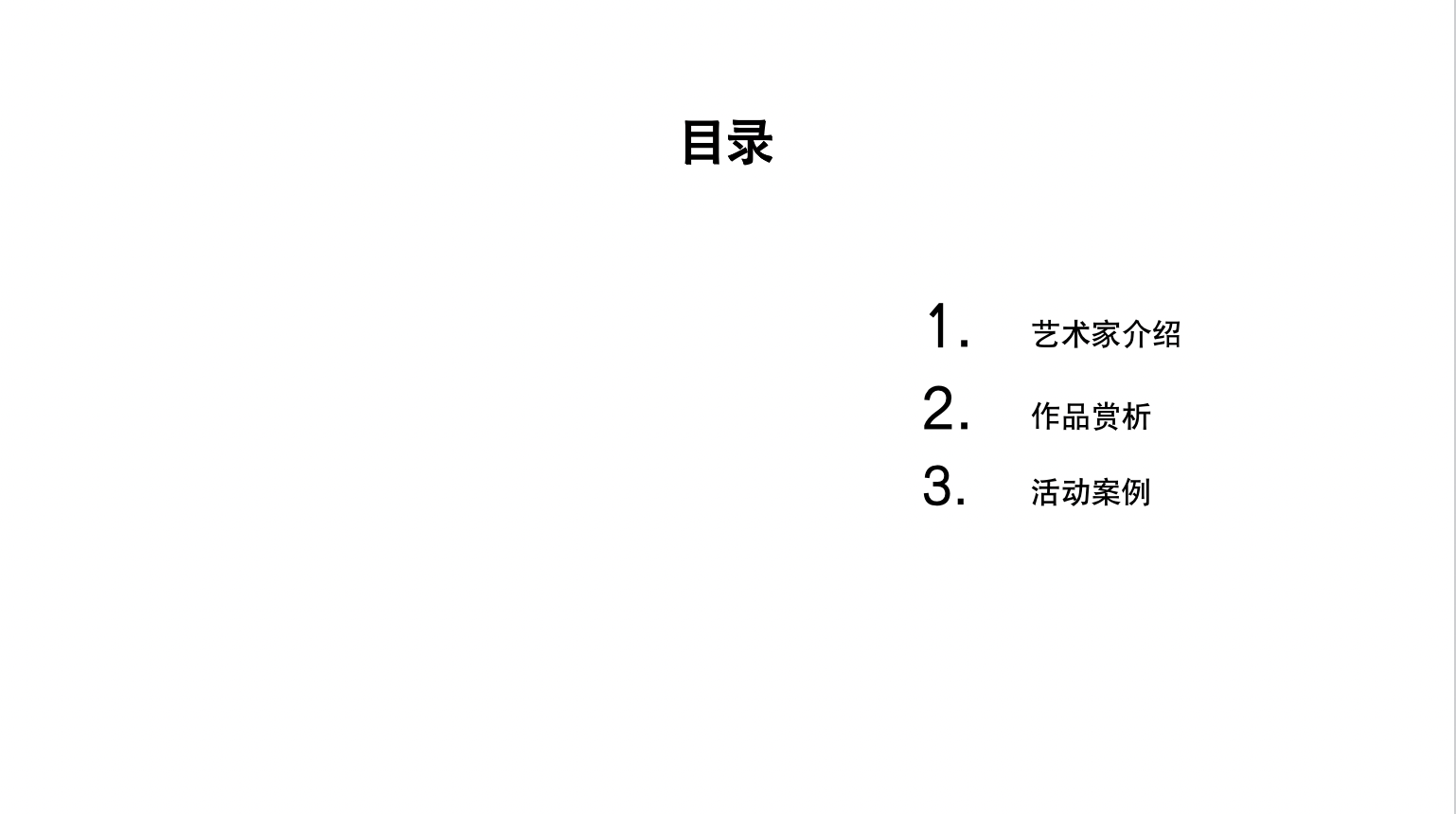
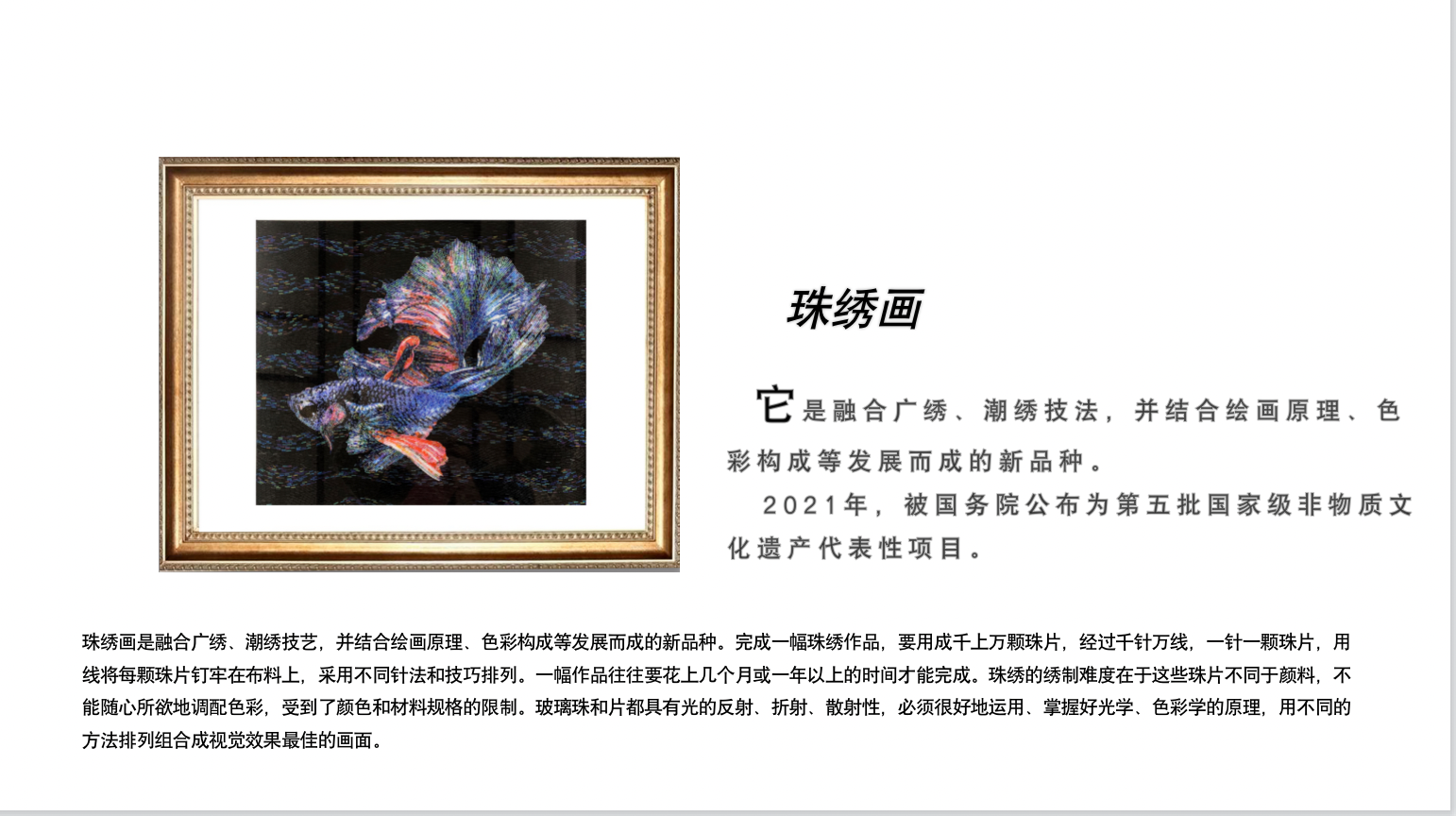
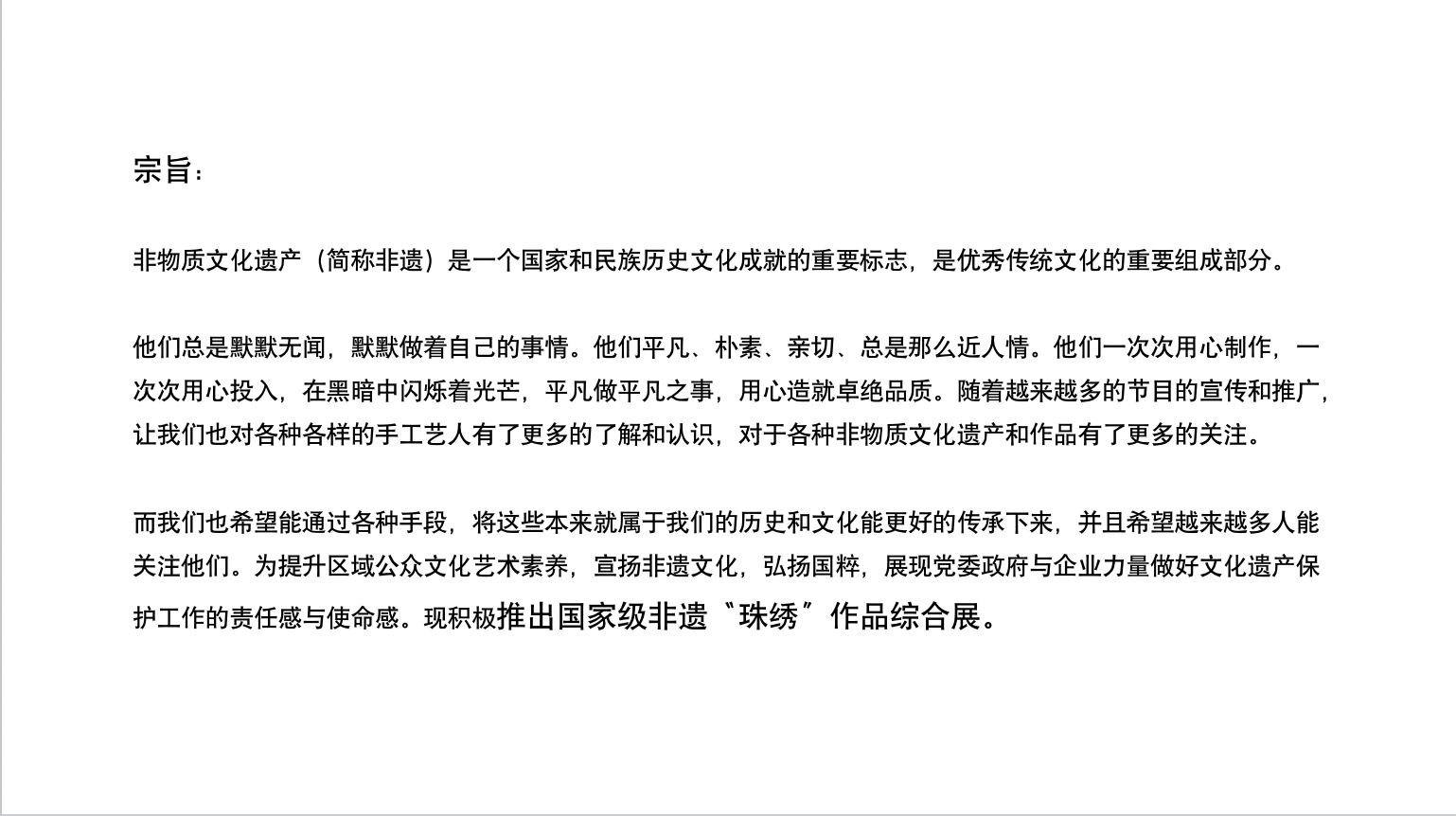
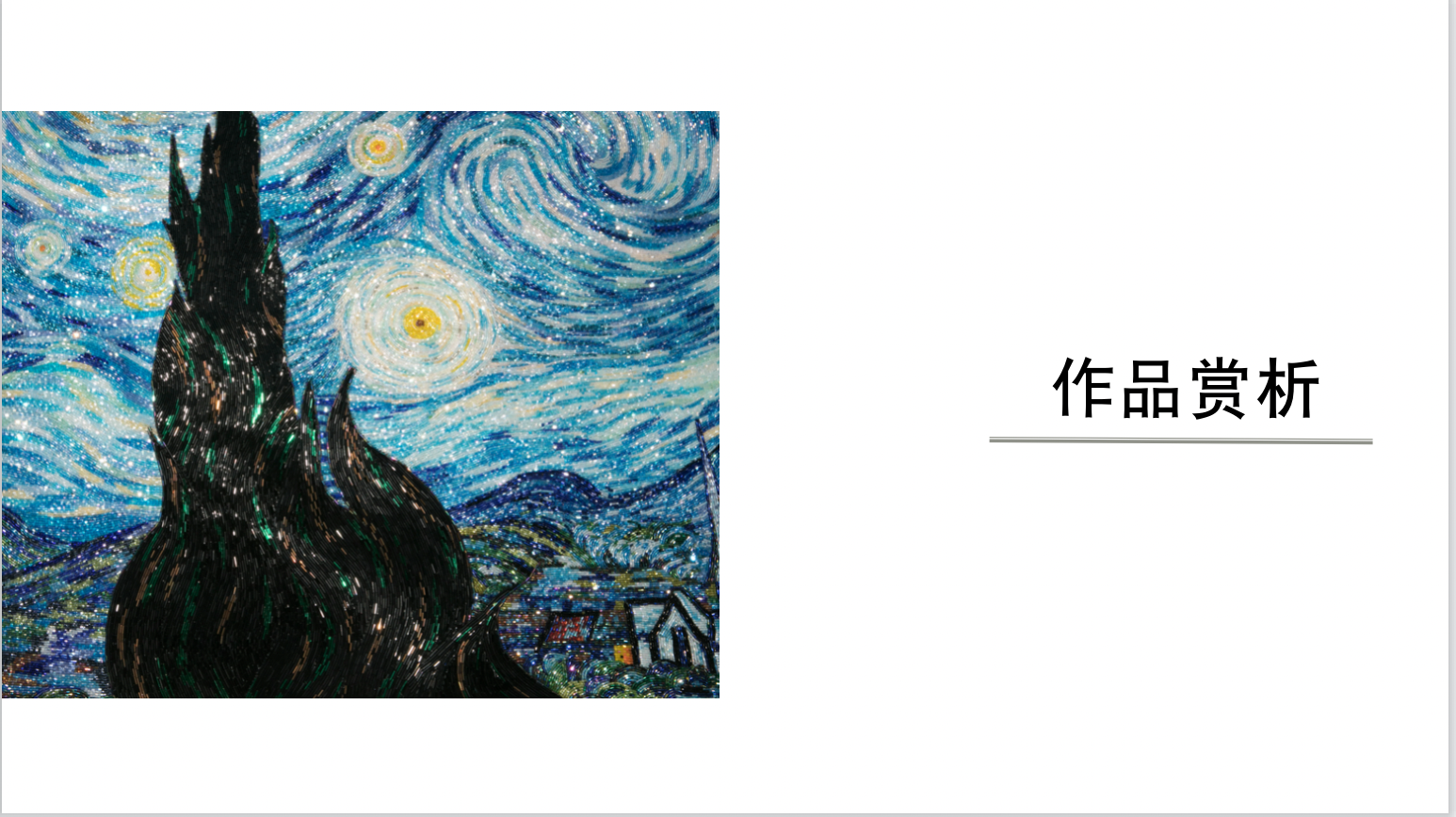
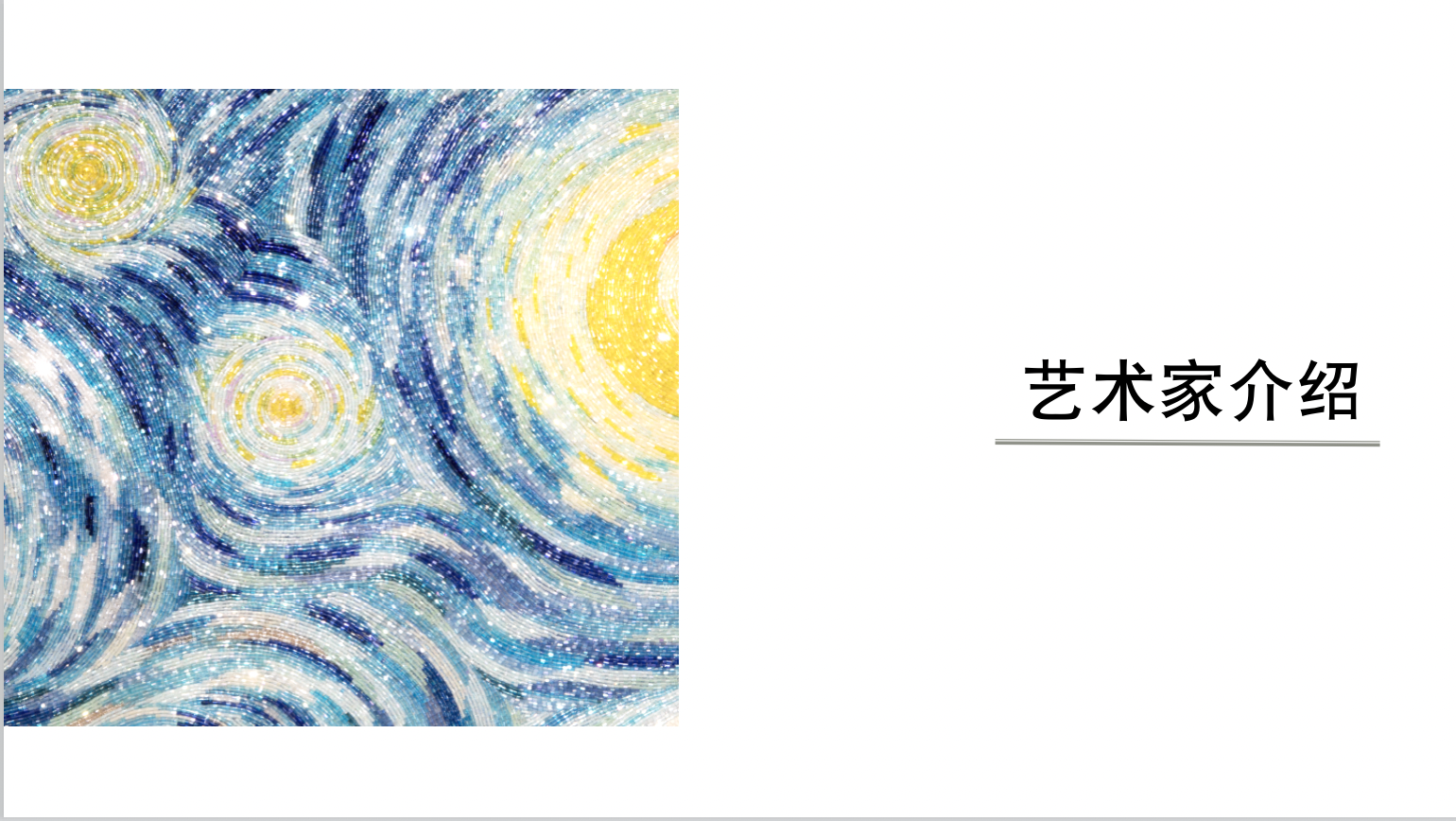

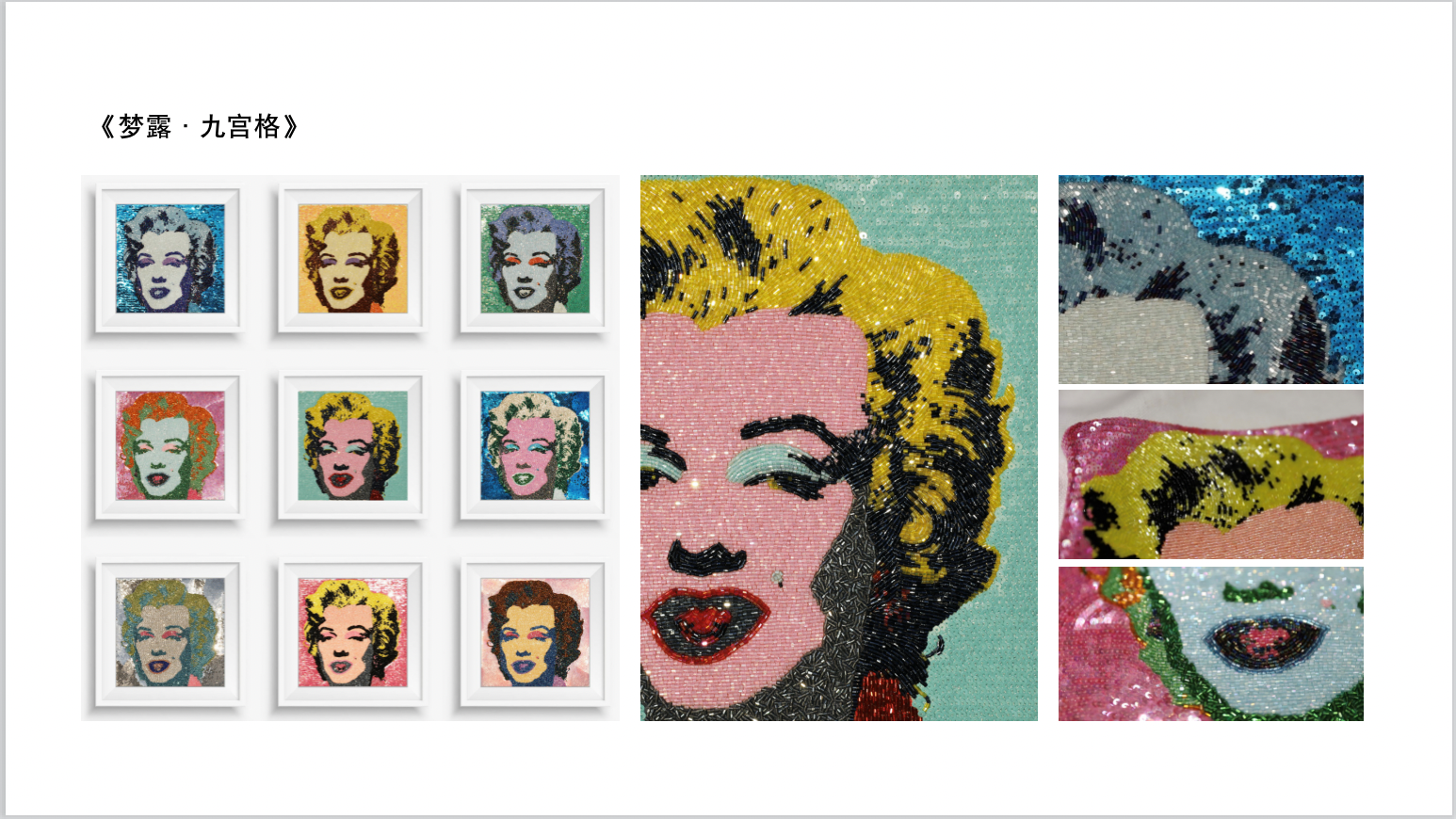
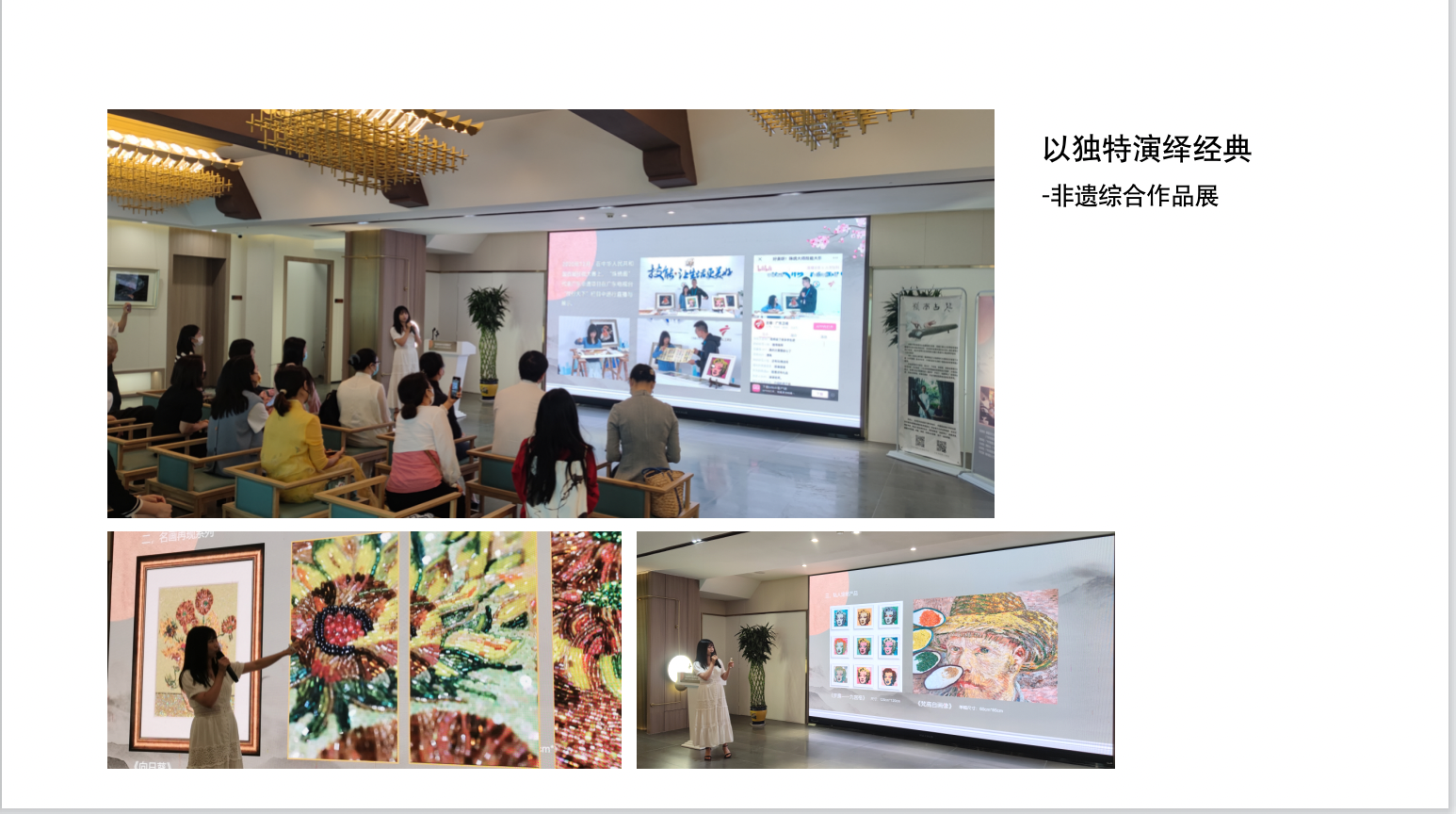
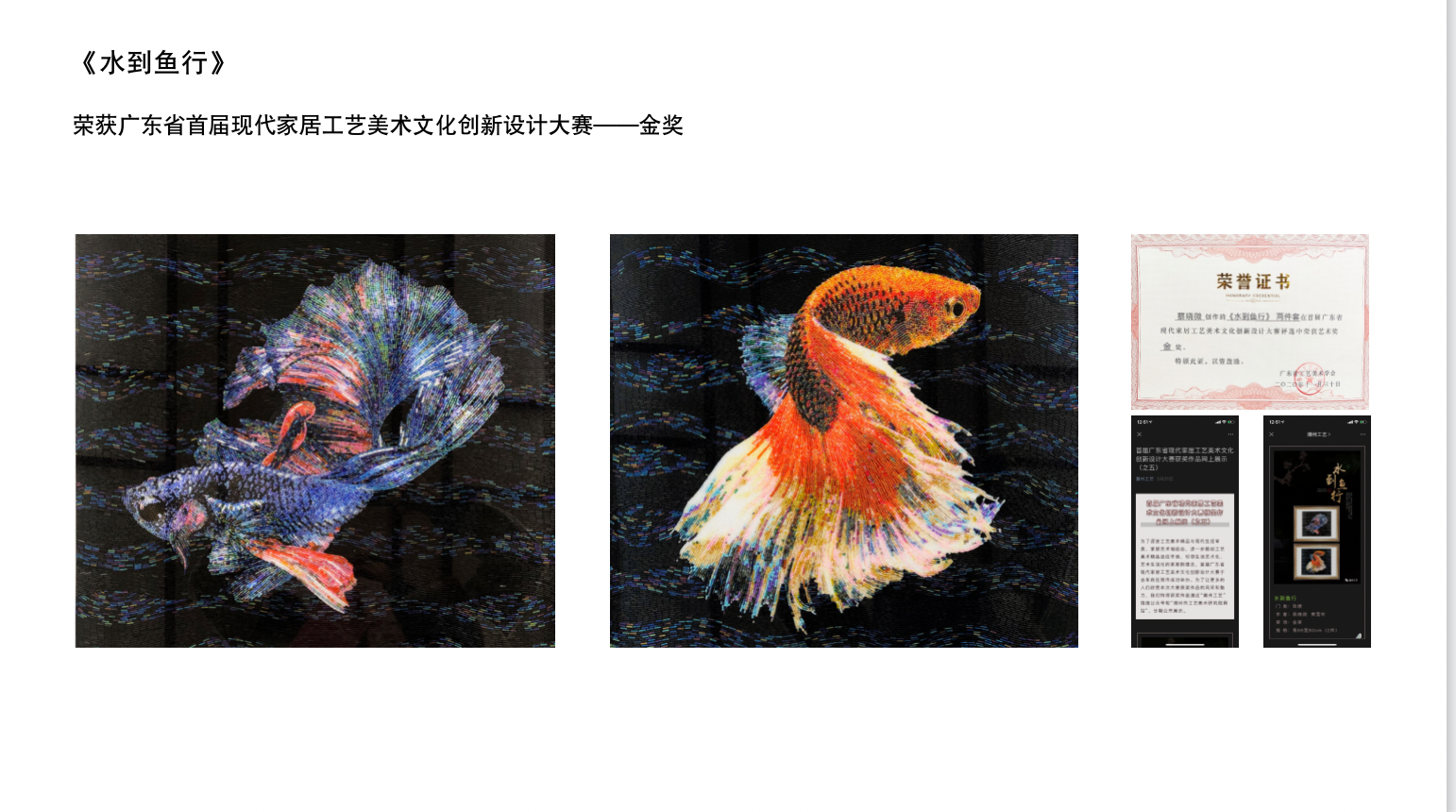











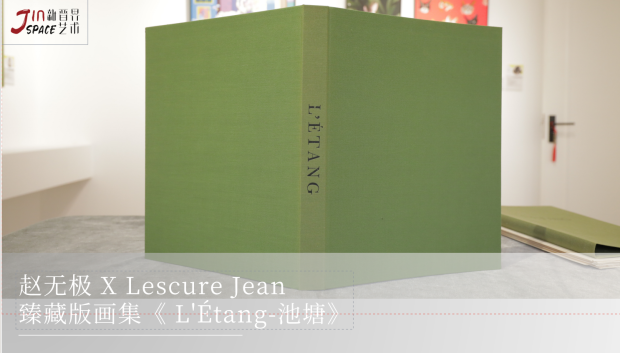



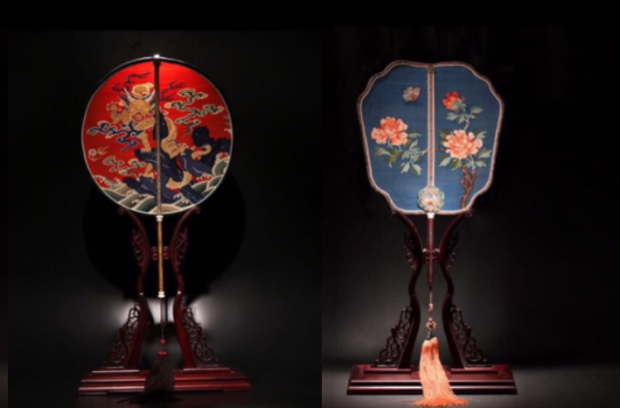

Be the first to leave a comment